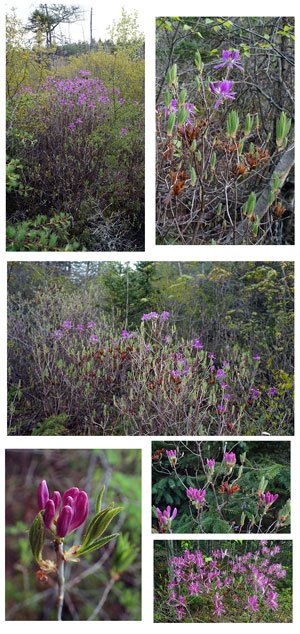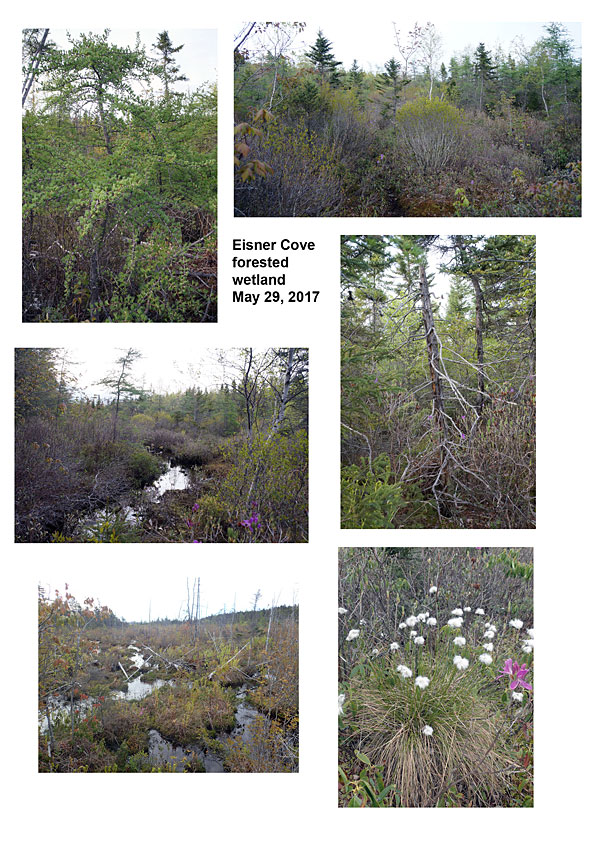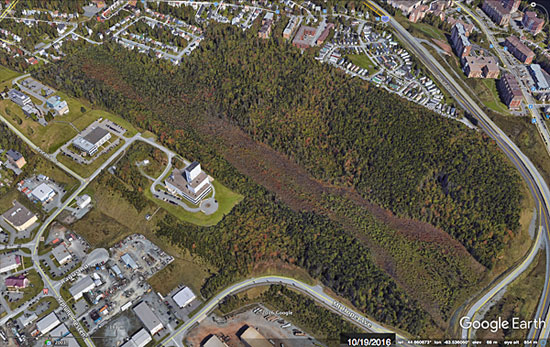 On Being Asked, Whence Is the Flower?
On Being Asked, Whence Is the Flower?
In May, when sea-winds pierced our solitudes,
I found the fresh Rhodora in the woods,
Spreading its leafless blooms in a damp nook,
To please the desert and the sluggish brook.
The purple petals fallen in the pool
Made the black water with their beauty gay;
Here might the red-bird come his plumes to cool,
And court the flower that cheapens his array.
Rhodora! if the sages ask thee why
This charm is wasted on the earth and sky,
Tell them, dear, that, if eyes were made for seeing,
Then beauty is its own excuse for Being;
Why thou wert there, O rival of the rose!
I never thought to ask; I never knew;
But in my simple ignorance suppose
The self-same power that brought me there, brought you.
–The Rhodora by Ralph Waldo Emerson, 1834
The photos were taken yesterday evening (May 29, 2017) in a near pristine forested wetland in the middle of Dartmouth, N.S. that I have only just recently got to know. What a treat.
(Click on the image for a larger version.)
Rhodora (Rhododendron canadense) is the northernmost of 15 species of deciduous azaleas native to eastern North America. It is Nova Scotia’s only native azalea, but it is by far the most beautiful in my estimation.
A woody shrub of the heath family (Ericaceae), Rhodora begins to produce striking blooms of large purple-rose flowers before it leafs out. Flowers appear from early May to mid-June in exposed sites with wettish, acidic soils such as at the edges of bogs, in moist areas on rocky barrens, and forest swamps. It can occur as a few isolated plants among other shrubs or it can dominate an expanse of heathy shrubland. Fly fishers say the first ones announce the emergence of mayfly and it’s time to catch trout.
Distributed through eastern North America from Newfoundland to Ontario (but not in P.E.I.) and south to New Jersey and Pennsylvania, Rhodora is considered “secure” (conservation status S5) only in Atlantic Canada.
Regardless, let’s never take this beauty for granted!
To view all species of this group, see
East Coast Native Azaleas Tips on Identification
by Donald W. Hyatt

A piece of living, pre-Columbian history?

